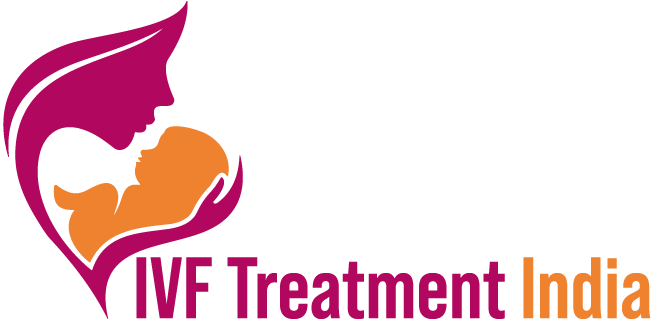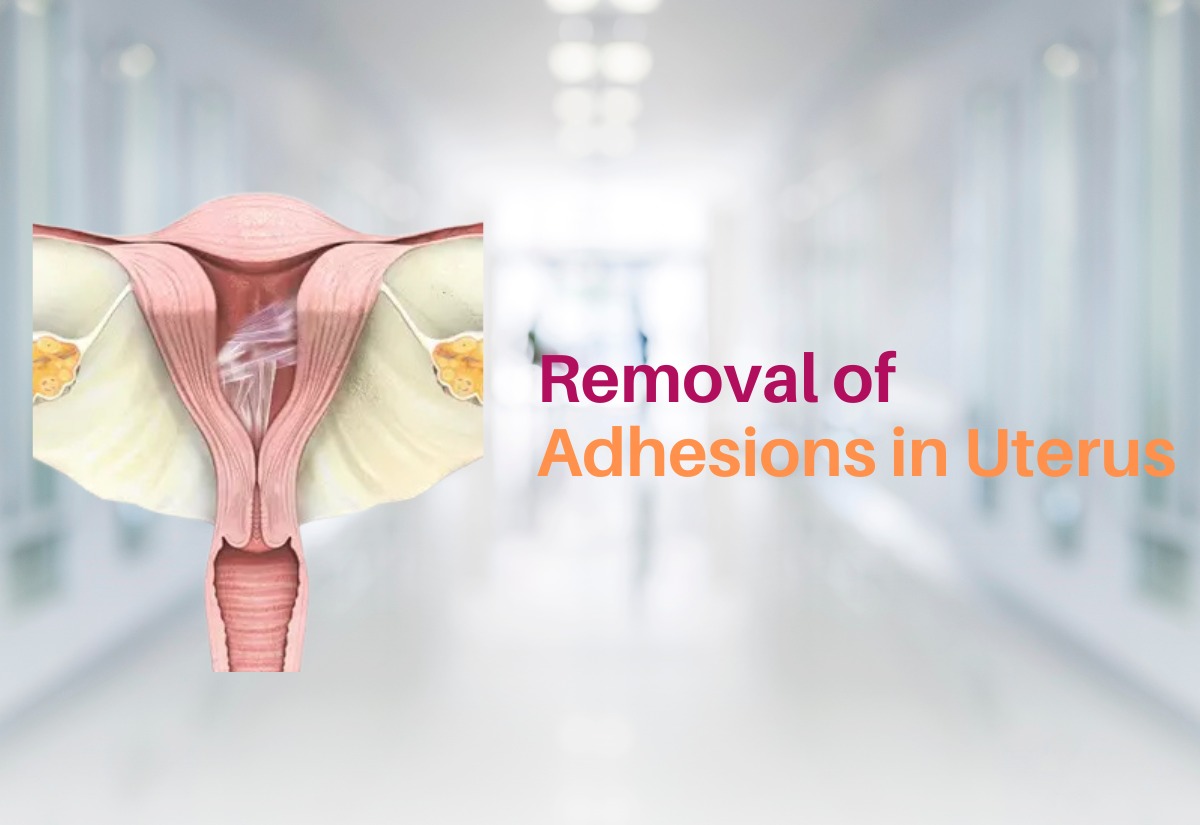Removal of Adhesions in Uterus: A Key Step Toward Restoring Fertility
Uterine adhesions, also known as Asherman’s Syndrome, are a common yet often overlooked cause of infertility and menstrual irregularities in women. These adhesions occur when bands of scar tissue form inside the uterus, often as a result of infection, surgery, or trauma to the uterine lining. Fortunately, with advancements in gynecological surgery, removal of adhesions in the uterus has become highly effective and minimally invasive—especially when performed by skilled specialists in India.
In this article, we explore everything you need to know about uterine adhesions, their symptoms, diagnosis, treatment options, and why India is one of the top destinations for this procedure.
What Are Uterine Adhesions?
Uterine adhesions are bands of fibrous scar tissue that cause parts of the uterine walls to stick together. These adhesions can vary in severity:
- Mild: Thin strands covering small areas
- Moderate: Thicker bands affecting a larger portion
- Severe: Dense adhesions that can obliterate the uterine cavity
They often occur after procedures like dilation and curettage (D&C), cesarean sections, myomectomy, or after infections such as tuberculosis or pelvic inflammatory disease (PID).
How Do Uterine Adhesions Affect Fertility?
Adhesions in the uterus can significantly impact a woman’s reproductive health by:
- Disrupting the normal shape of the uterine cavity
- Preventing proper implantation of the embryo
- Obstructing the menstrual flow (causing scanty or absent periods)
- Leading to repeated miscarriages or failed IVF cycles
Thus, timely diagnosis and surgical removal of uterine adhesions are essential for women trying to conceive or restore regular menstrual function.
Symptoms of Uterine Adhesions
While some women may not experience symptoms, many notice changes such as:
- Light or absent menstrual periods
- Recurrent miscarriages
- Infertility
- Pelvic pain or cramping
- Difficult or failed IVF attempts
If you notice any of these signs—especially after uterine surgery—it’s crucial to seek medical evaluation.
Diagnosis: How Are Adhesions in the Uterus Detected?
Uterine adhesions are typically diagnosed using one or more of the following methods:
- Hysteroscopy (Gold Standard): A thin telescope-like device is inserted into the uterus to provide direct visualization. It allows the doctor to see the extent and location of adhesions clearly.
- Hysterosalpingography (HSG): An X-ray procedure where a dye is injected into the uterus to detect blockages or deformities.
- Sonohysterography: An ultrasound combined with saline infusion to outline the uterine cavity.
Early and accurate diagnosis makes a significant difference in treatment outcomes.
Treatment: How Are Uterine Adhesions Removed?
The most effective way to treat uterine adhesions is through hysteroscopic adhesiolysis—a minimally invasive, outpatient procedure where the adhesions are cut and removed under direct vision.
Hysteroscopic Adhesiolysis Includes:
- Insertion of a hysteroscope through the cervix
- Visualization of the adhesions
- Removal using micro scissors or energy devices
- No external incision needed
This technique allows for precise treatment with minimal discomfort and a quick recovery time.
Post-Surgical Care and Recurrence Prevention
To prevent the recurrence of adhesions, doctors often:
- Insert an intrauterine balloon or copper IUD temporarily
- Prescribe estrogen therapy to promote healing of the endometrium
- Schedule a follow-up hysteroscopy after 4–6 weeks
- Recommend antibiotics if infection was a contributing factor
Adhering to post-operative care plans is essential for restoring normal uterine function and increasing the chances of conception.
Success Rates and Fertility Outcomes
With expert care, hysteroscopic removal of uterine adhesions boasts excellent results:
- Over 90% of women experience return of normal menstruation
- Fertility significantly improves in women with mild to moderate adhesions
- IVF success rates also increase when the uterine cavity is properly restored
The key is timely treatment and choosing an experienced gynecologic surgeon.
Why Choose India for Adhesion Removal Treatment?
India has emerged as a preferred destination for fertility-related surgeries due to:
- Highly experienced gynecologic laparoscopic and hysteroscopic surgeons
- World-class hospitals with advanced operative hysteroscopy equipment
- Affordable treatment costs without compromising quality
- International patient support with visa, travel, and language assistance
- Fast access to diagnosis, surgery, and post-operative care
Patients from across the Middle East, Africa, and Southeast Asia trust Indian fertility specialists for effective and ethical treatment.
Conclusion
Uterine adhesions are a treatable cause of infertility that should not be ignored. With the right diagnosis and timely intervention, most women can regain their reproductive potential and menstrual health. Thanks to minimally invasive hysteroscopic techniques, removal of adhesions is now safer and more effective than ever.
If you are facing infertility, light periods, or have had previous uterine surgery, consult a specialist at IVF Treatment India to explore your treatment options. Our team is here to help you take the next confident step toward parenthood.
Frequently Asked Questions (FAQs)
1. Is adhesion removal a painful procedure?
No. It is performed under light anesthesia or sedation, and most patients experience only mild cramping afterward.
2. How long is the recovery after hysteroscopic adhesiolysis?
Most women resume normal activities within 2–3 days.
3. Can adhesions return after surgery?
There is a small chance of recurrence, but with proper post-operative care, recurrence is significantly reduced.
4. Can I get pregnant after removal of uterine adhesions?
Yes. Many women conceive naturally or with IVF following successful adhesion removal.
5. Is the treatment safe for international patients in India?
Absolutely. Indian hospitals follow international protocols and provide full support for medical travelers.
Read More: Laparoscopy for Infertility Treatment

